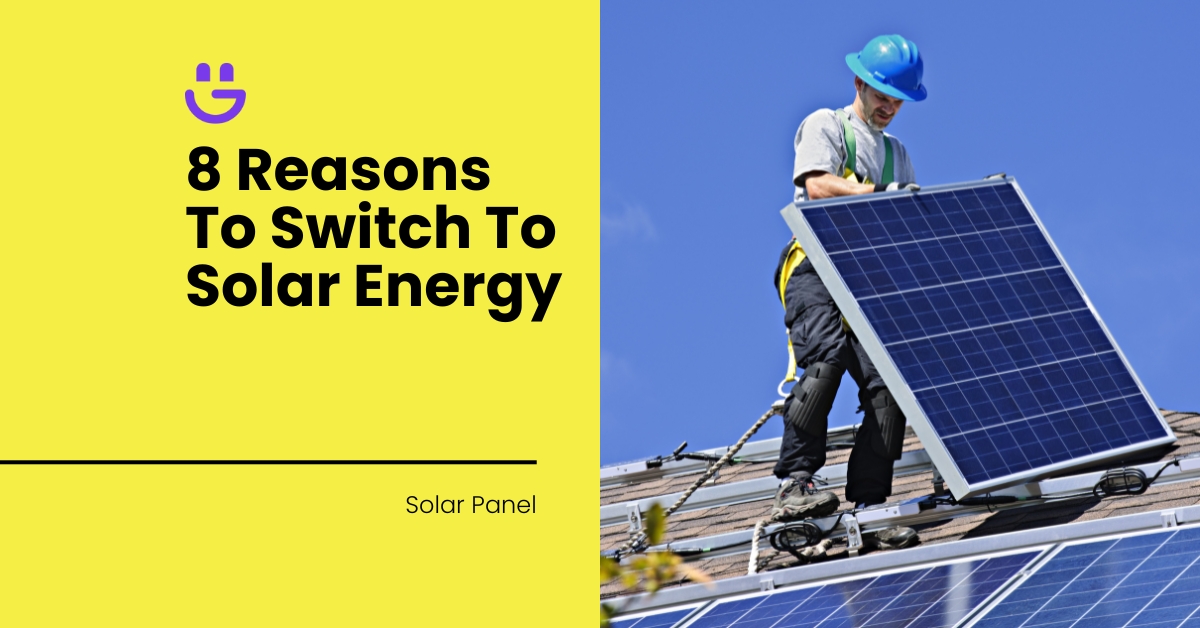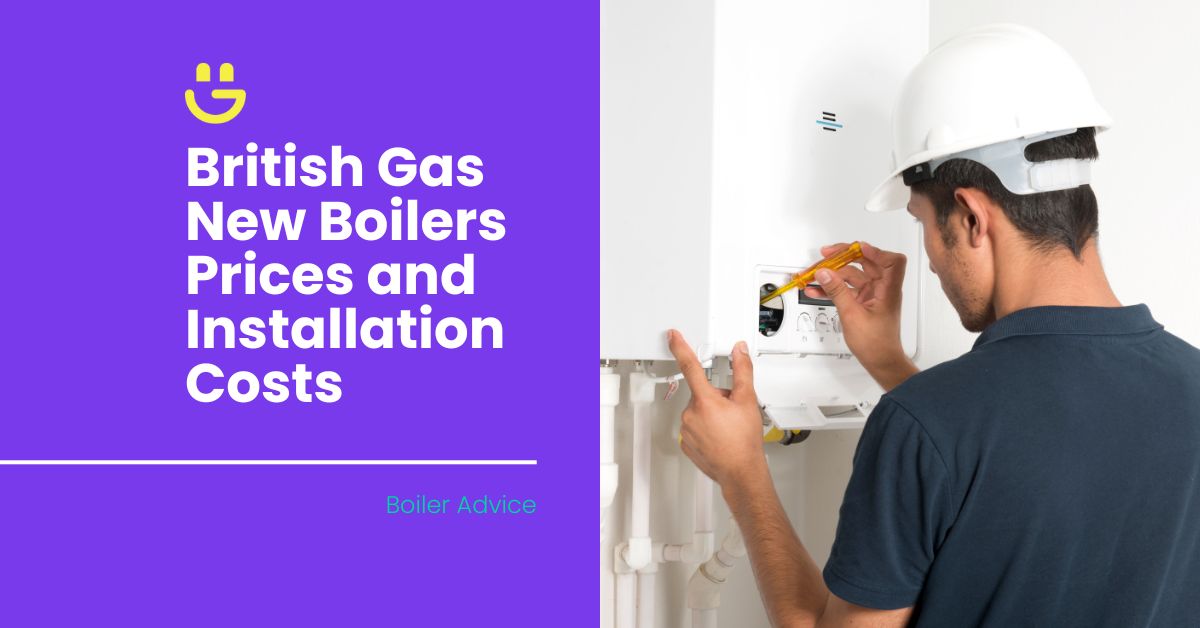Last Updated on November 14, 2025
Choosing the right solar panels doesn’t have to be overly complicated, especially when you have the right information on hand.
If you’ve been wondering whether bifacial solar panels or their monofacial counterparts are a better fit for your home, there are a few essential factors to take into consideration. We’ll unpack the key differences for you so that you can make a more informed decision.
Key Takeaways
- Monofacial solar panels are less expensive, but bifacial solar panels tend to have a higher energy production potential.
- Unlike bifacial solar panels, monofacial panels are more versatile in where you can install them.
- Homeowners looking for a more discreet and visually appealing renewable energy solution may prefer bifacial solar panels.
- The average warranty period for bifacial and monofacial solar panels differs by up to 5 years.
Contents
Bifacial vs Monofacial Solar Panels: How Do They Differ?
Bifacial solar panels can capture sunlight on both the front and back sides, making them more efficient in areas with reflective surfaces like snow or water. Monofacial panels, on the other hand, only capture sunlight from the front. They are more common and typically more affordable.
Bifacial vs Monofacial Solar Panels: A Detailed Comparison
Even though bifacial panels and monofacial solar panels perform the same function, there are some notable differences between these two variations.
Cost
- Bifacial solar panels: On average, a bifacial solar panel system for a 2-3 bedroom home costs between £5,500 and £6,600, including installation. For larger homes, the cost can rise to between £10,450 and £11,550.
- Monofacial solar panels: Monofacial solar panels are typically less expensive. The cost of this system for a medium-sized home in the UK is approximately £4,000 to £5,000, which includes installation.
Performance and efficiency
- Bifacial solar panels: Bifacial panels absorb sunlight on both sides. In optimal conditions, this can lead to an efficiency rating of up to 30%. However, this rating will depend on how the panels are installed and the general weather conditions in your area.
- Monofacial solar panels: Monofacial panels, which only capture sunlight on one side, typically have an efficiency range of 15-20%. While this is still good, you may need to consider installing more solar panels to meet your energy requirements.
Installation process
- Bifacial solar panels: Bifacial solar panels require more careful planning and expertise during installation. The panels must be positioned to capture sunlight from both sides. These panels are best suited to flat roofs, but can also be installed on a ground surface.
- Monofacial solar panels: Monofacial panels are much easier to install as they only need to capture light from one side, which means they can be installed on a variety of roof types. The panels can be mounted flat against roofs or other surfaces without the need for special positioning. Metal, tile and shingle roofs are all suitable.
Size and shape
- Bifacial solar panels: The average size of bifacial panels is 1m x 2m. However, they are usually much heavier than monofacial varities. This is due to the additional glass layer on the back. The rectangular shape of these panels makes them ideal for placement on a flat roof.
- Monofacial solar panels: Monofacial panels come in the same sizes as bifacial panels, so you can expect the same sort of layout on your roof. The only real difference is that they are lighter and easier to integrate into a variety of existing infrastructures without making significant modifications.
Design and aesthetics
- Bifacial solar panels: Bifacial panels have a more streamlined and aesthetically pleasing look due to their frameless or minimalistic design. The transparency of the glass back sheet contributes to a less intrusive look when installed in visible areas such as carports and garage roofs. The absence of a frame can also reduce shading on the edges, which can slightly improve performance.
- Monofacial solar panels: Monofacial panels have a more traditional appearance, with a solid back and black or blue solar cells on the front. They are designed to be functional and are often less visually appealing. The metal frames of monofacial solar panels provide structural support and make them easier to mount, but make the panels more visible.
Durability and lifespan
- Bifacial solar panels: Thanks to the dual-glass construction, which protects the solar cells on both sides, bifacial panels provide greater resistance to environmental stressors such as high winds, heavy snow, and UV radiation. Due to their enhanced durability, bifacial solar panels generally have a longer operational lifespan.
- Monofacial solar panels: Monofacial solar panels are generally constructed with a clear back sheet and a single layer of glass on the front, making them slightly less durable. However, they are still designed to withstand typical environmental conditions and offer reliable performance over time. The lifespan of these solar panels is only slightly shorter than bifacial panels.
Warranty
- Bifacial solar panels: Because a bifacial solar panel follows a more intricate manufacturing process, solar panel brands will generally offer a longer warranty of up to 30 years.
- Monofacial solar panels: Monofacial solar panels are also built to perform over the long term, so you can expect a warranty of between 20 and 25 years with most leading solar panel brands.
Bifacial vs Monofacial Solar Panels: Which Is Best for You?
Choosing to generate electricity via renewable energy is a sound long-term investment, which is why it’s so important to choose the right solar panels. Here is what to consider to decide whether a monofacial solar panel or bifacial modules are right for you.
Cost
First, look at what you are willing to spend. Monofacial solar panels are the traditional type, often resulting in a lower cost. However, if you are willing to spend a little more, you can benefit from greater long-term savings, making bifacial solar panels worth the money.
Energy needs
With an energy efficiency rating of up to 20%, monofacial solar panels are best suited to homes with standard energy needs and straightforward installations. If your home has higher energy output requirements, you won’t need to install as many bifacial solar panels to meet your needs. This is thanks to the higher energy efficiency ratings.
Installation
If you have a pitched roof, bifacial panels won’t be an option, as these require a flat surface. However, if you’re willing to undertake a ground installation, these panels are still an option. If you would prefer to forgo any complications during installation and value flexibility, monofacial solar panels may be a better fit.
Aesthetics
If you don’t like the idea of a bulky solar installation, opt for sleeker bifacial solar panels. This is especially true if you plan to install the panels on other types of visible roofs such as carports. But, if saving on costs is more important, monofacial solar panels are probably ideal for your needs.
Get Your Custom Solar Installation Quote Today!
Ready to harness the power of solar energy and start saving on your energy bills? Eco Happy makes it easy! Simply provide a few details, and our expert team will send you a personalised, no-obligation solar panel quote tailored to your needs. Take the first step towards a sustainable future—contact us today!
FAQs
Do bifacial solar panels only work with reflected light?
Bifacial solar panels are designed to absorb light from both sides. However, they don’t only work with reflected light. One side of the panel will absorb sunlight, while the other can absorb light from other surfaces. This is why it’s recommended that you install these panels over a reflected surface.
What return on investment can I expect with monofacial panels?
If we look at an average 4 kW solar system, you can expect to save anything between £400 and £650 on your annual electricity bills. This is based on the fact that most systems have a payback period of about 8 years.
What is the best orientation for a bifacial solar panel?
If possible, it’s best to mount bifacial solar panels vertically. This enables them to capture sunlight during the morning as well as the evening. The panels should also be south-facing to maximise sunlight exposure. If you want to learn more, read our guide on horizontal vs vertical solar panel installation.
Final Thoughts
Solar energy generation is beneficial in multiple ways, but the solar panels you choose can make a significant difference. When shopping around, cost is only one aspect you need to consider. Bifacial and monofacial solar panels certainly work in similar ways, but they also have some essential differences that are worth taking into account.





Tom Allen
Solar Expert